Appendix 1.
Haworthia flowers – some comments as a character source.
I am adding images of flowers from 3 populations of H. mirabilis from the Worcester/Robertson Karoo. These are:
6509 H. mirabilis meiringii, W of Bonnievale
7176 H. mirabilis maraisii, Agter Vink
7279 H. mirabilis meiringii, Edendale, E Bonnievale
(The second epithet should not be taken seriously while the omission of a rank viz. var. is abandoned as is often done in zoology – I take the second epithet loosely to refer to a range of variants with some approximate but vague order).
These are to be seen as outgroups to the main body of the report/essay as show the differences of both size and colour that I once thought separated H. maraisii from H. mirabilis. Further exploration and experience have made me change my mind and I cannot see any way in which H. heidelbergensis, H. magnifica and H. maraisii can be visualized or rationalized as distinct from H. mirabilis. The flowering time for these three populations seems to be later than for the eastern and southern populations, but indeed there are populations in the MacGregor area that flower as early as November. Populations towards Montagu may flower in April. While the flowers in the populations of the main set were in seed at end March, capsules were only forming in these added three populations. A population 1708 north of Ashton was just producing buds when these were flowering as fully as could be expected in a very dry season. The flowers are indeed generally smaller than those observed in the main body but I am not sure if this is statistically certain. The same bee pollinator was observed but not the Bombylid flies. The flowers particularly in 7279 appeared to have been punctured or damaged along the sides of the flower tube as though by an insect (pollinator?) of some kind. Damage to the buds and petal ends was also noted.
I would like to explain and emphasize that I never ignored flowers as a character source and am not presenting them now as a solution to anything. What they do provide is another source of information and digital photography offers a means to capture that. It would be very silly to underestimate the volume of data required and ignore the rigours of statistics if sense and information is to be extracted from such a source. There are already problems in similarity of the flowers in what must surely be very divergent (geographically and vegetatively) species and to expect to then find differences between elements that are otherwise similar is very optimistic if not plain fantasizing. The similarity of the flower of what I named H. pulchella globifera to that of H. cymbiformis(cooperi?) var incurvula never ceases to amaze me. Similarly I could not find differences in the flowers of H. angustifolia, H. monticola, H. chloracantha and H. variegate. Another similarity was an exact copy of a flower of H. mutica and that of H. pygmaea. One aspiring taxonomist has claimed that studying the flowers of the Kaboega population set (all H. cooperi to my mind) will resolve that species issue. I think this is also a fantasy.
1. THE PLANTS.


















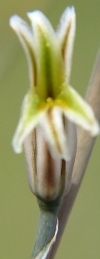
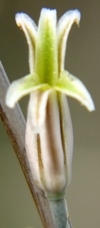

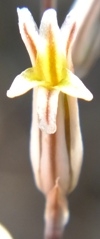

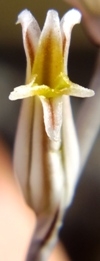
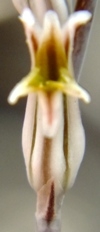
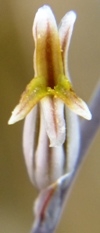
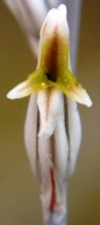




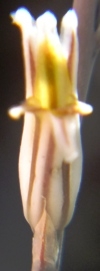




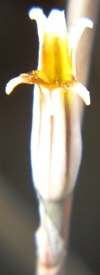


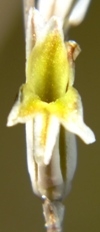


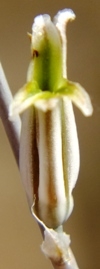
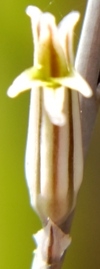
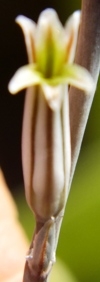

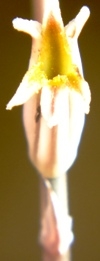

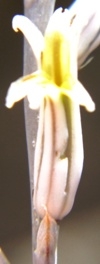

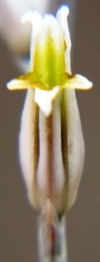
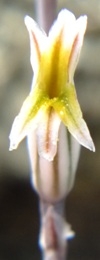
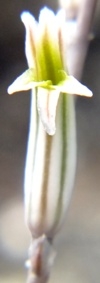

6509 H. mirabilis meiringii, W Bonnievale


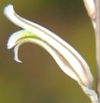


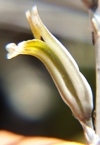
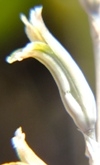
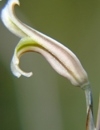
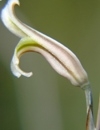
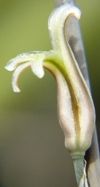
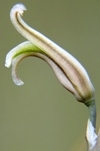
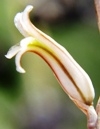
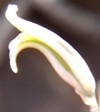
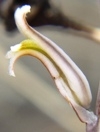
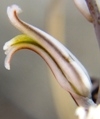
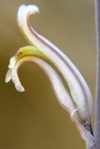
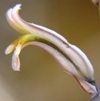
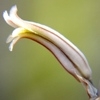
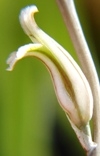
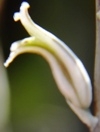
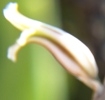
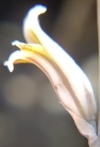
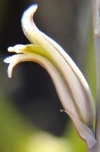
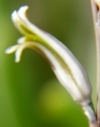
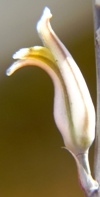
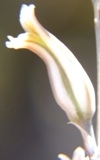
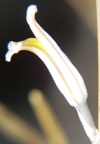

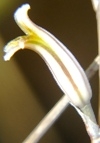
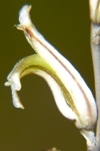
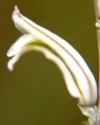
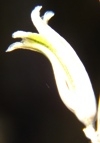
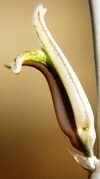
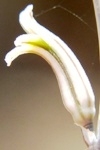
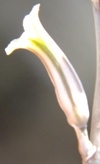

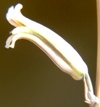
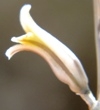
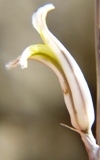

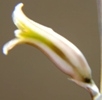
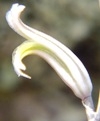
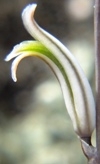
6509 H. mirabilis meiringii, W Bonnievale


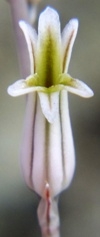
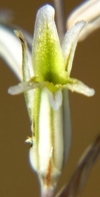
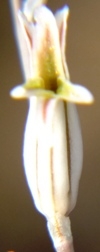
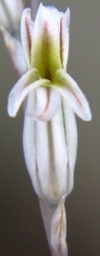
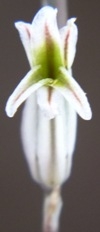

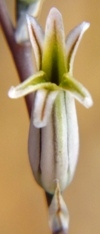
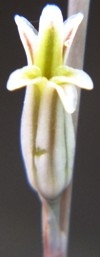

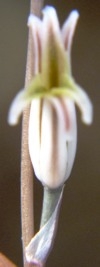
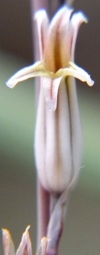
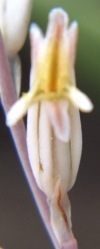
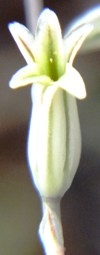
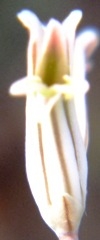

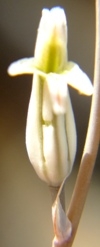


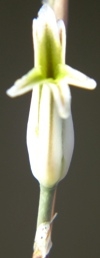


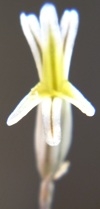
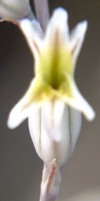

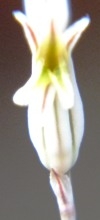

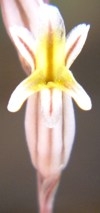
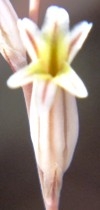
7176 H. mirabilis, Agtervink



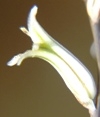

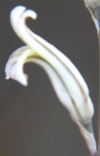
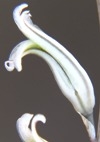
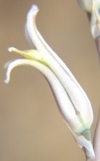
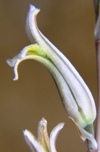
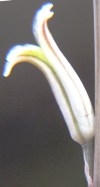


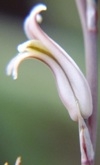

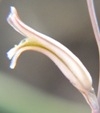
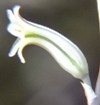
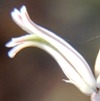
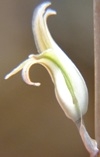
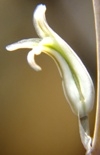
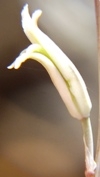
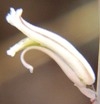

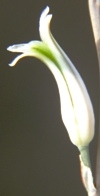
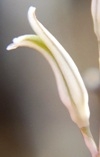



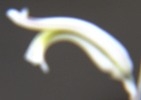
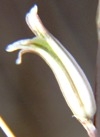

7176 H. mirabilis, Agtervink

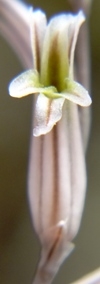
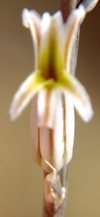
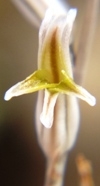
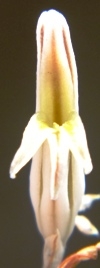
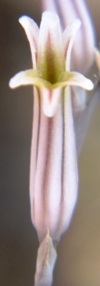
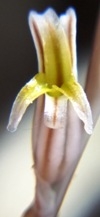
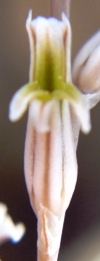
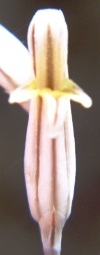

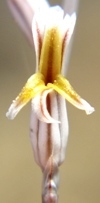



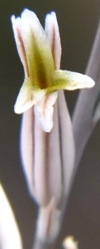
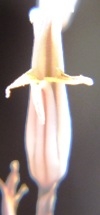
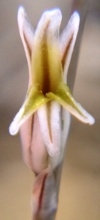
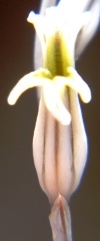

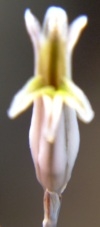
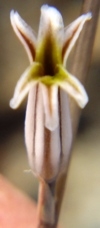




7269 H.mirabilis meiringii, Edendale, Bonnievale
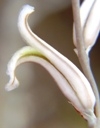


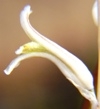

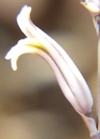
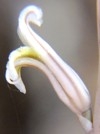
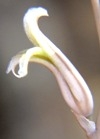
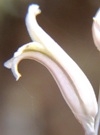
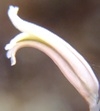
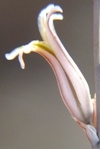
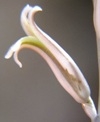


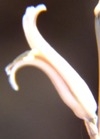
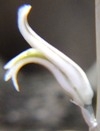
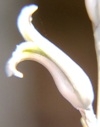
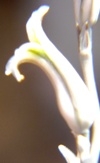
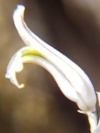
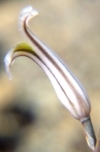
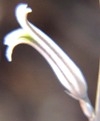
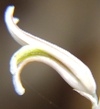
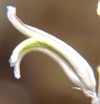
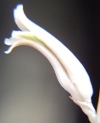
7269 H.mirabilis meiringii, Edendale, Bonnievale
Appendix 2.
This appendix illustrates plants and flowers and buds for the following populations:-
7985 H. mirabilis, Sandberg, S Worcester 6668 H. mirabilis, N Ashton
6672 H. mirabilis, Koningsrivier, Robertson 6875 H. mirabilis, Cogmanskloof
7986 H. mirabilis, E Montagu
Both the Sandberg and Montagu populations flowered very poorly. The Ashton and Cogmanskloof populations are known to be late flowering and I have observed this previously for a Montagu population. The Koningsriver plant is a single clone that I have had for many years.
BUDS:
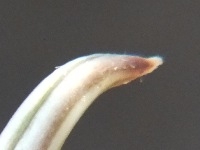
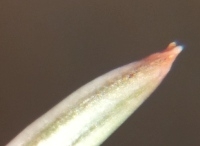

7985 H. mirabilis Sandberg, 6672 H. mirabilis S Worcester Koningsrivier, 7986 H. mirabilis Robertson E Montagu


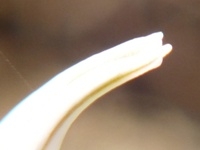
6668 H. mirabilis, N Ashton 6875 H. mirabilis, Cogmanskloof
PLANTS:

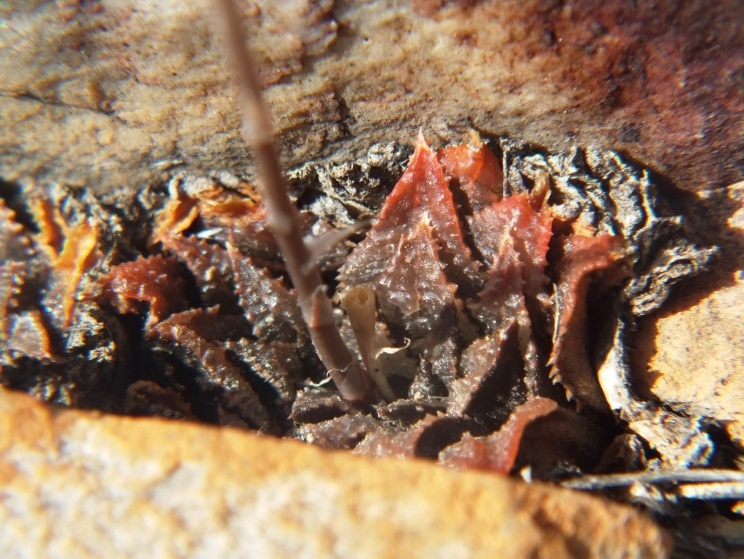
7985 H. mirabilis, Sandberg, S Worcester
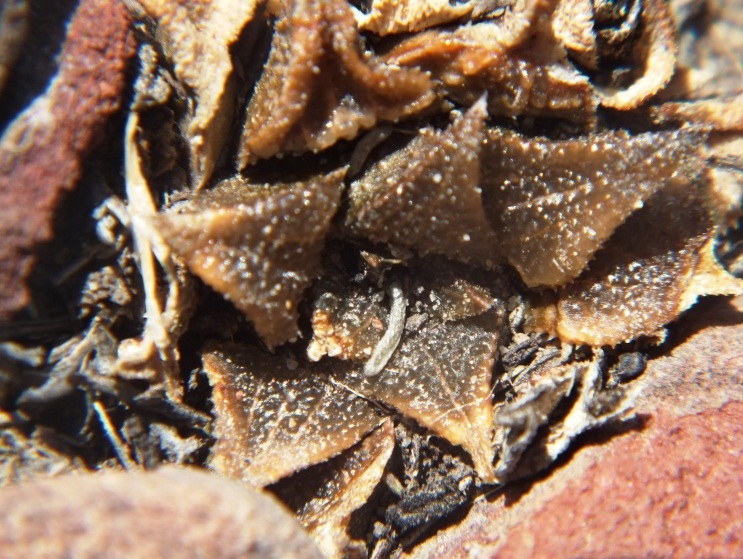
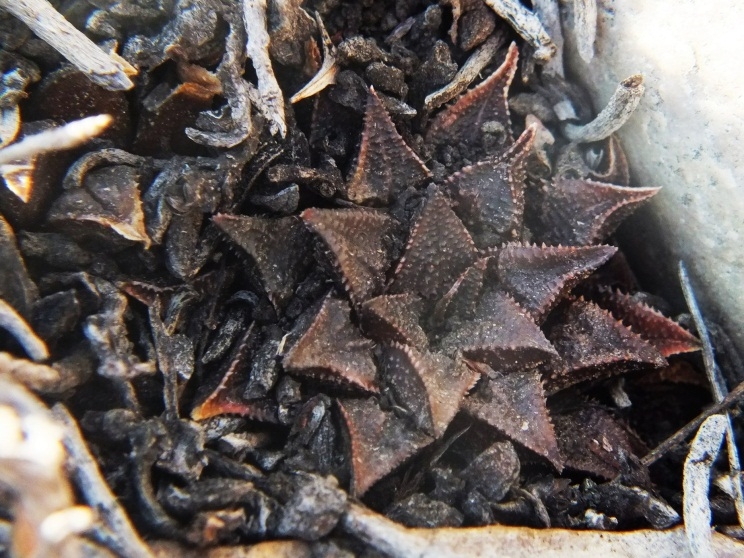
7985 H. mirabilis, Sandberg, S Worcester

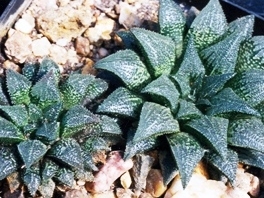
6672 H. mirabilis, Koningsrivier, Robertson
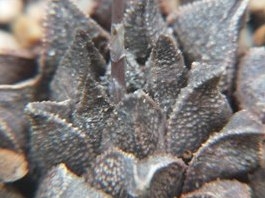
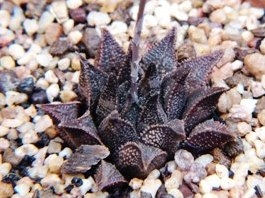
6672 H. mirabilis, Koningsrivier, Robertson


7986 H. mirabilis, E Montagu
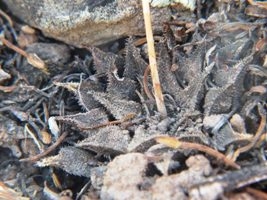

7986 H. mirabilis, E Montagu

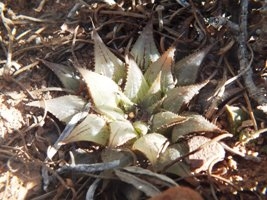
6668 H. mirabilis, N Ashton
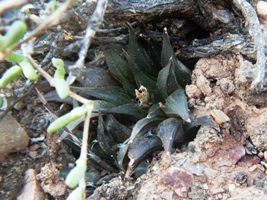
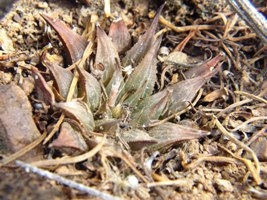
6668 H. mirabilis, N Ashton


6875 H. mirabilis, Cogmanskloof
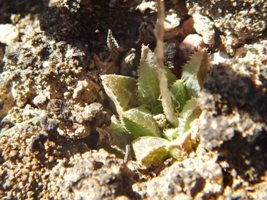
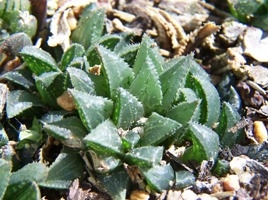
6875 H. mirabilis, Cogmanskloof
Appendix 3.
5b.1 7910a, 5b.1 7910b – H. floribunda, Niekerkshek – size comparisons
5b.2 7980a, 5b.2 7980a – H. mirabilis, S. Greyton – size comparisons
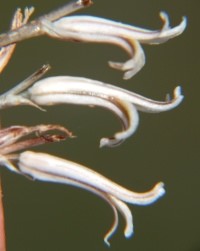

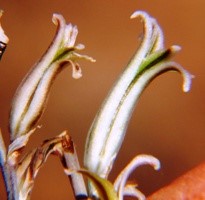
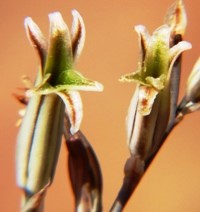
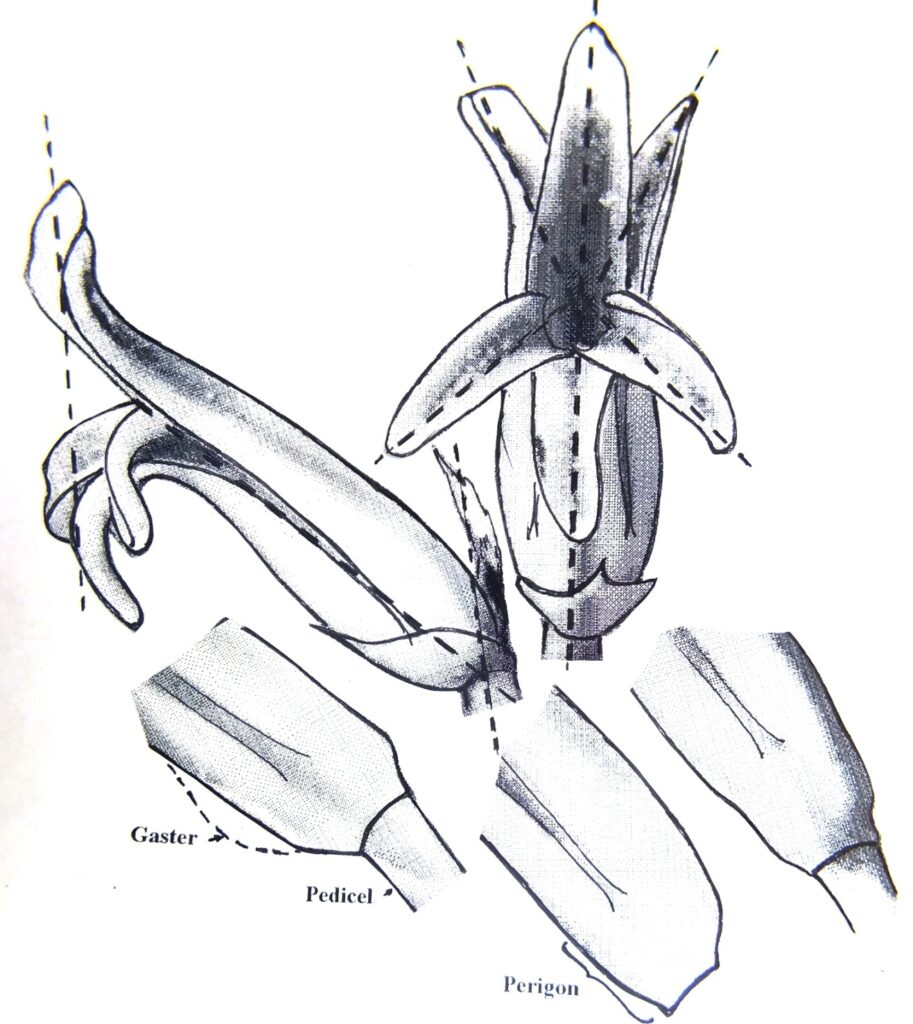
Diagram of flower to show face and profile. The base of the tube is how they can vary in one population. The perigon may narrow gradually stipe-like to the pedicel, or abruptly. The tube may have a pronounced gaster as in Gasteria or the profile may be smoothly curved with no broadening beyond the perigon. The outer leaf margins may meet or be separated to expose the inner midribs. The basal separation of the petals may be quite deeply indented or relatively even.
The dotted lines are suggested as base lines for possible mensuration and computer modeling. ♦
Haworthia flowers – some comments as a character source, part 1
Haworthia flowers – some comments as a character source, part 2
Haworthia flowers – some comments as a character source, part 3
